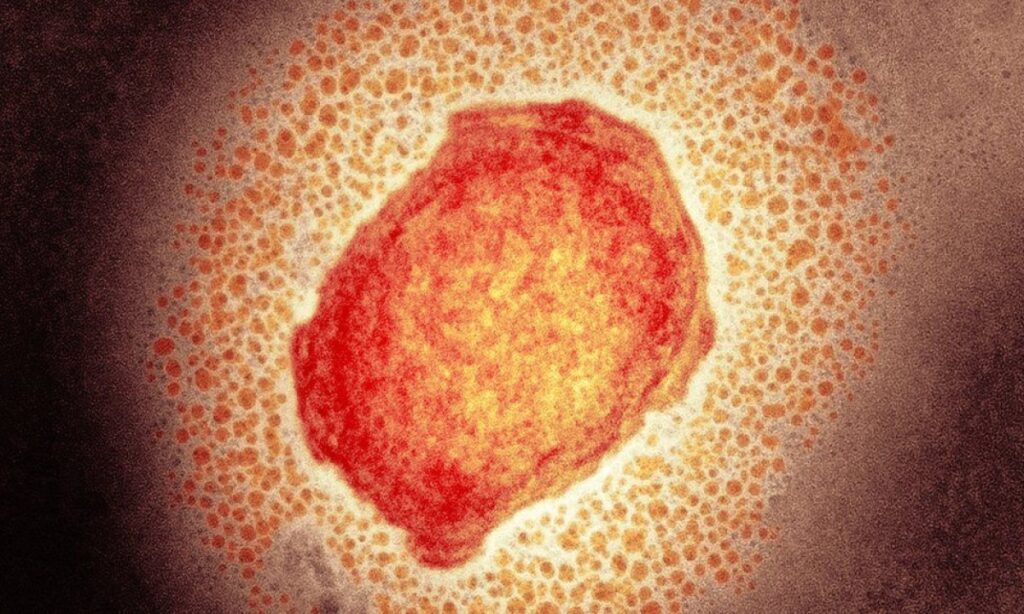The World Health Organization (WHO) revealed that Monkeypox Virus is spreading across the countries. WHO states that it will support the member States with surveillance, preparedness and outbreak response activities for monkeypox in affected countries.
What is Monkeypox?
Monkeypox is a rare disease that will be caused by an infection of the Monkeypox Virus. It is a similar disease like smallpox and also belongs to the same virus family. Monkeypox virus belongs to the Poxviridae family Orthopoxvirus genus.
Monkeypox is less contagious than smallpox and causes less severe illness. Monkeypox typically presents clinically with fever, rash and swollen lymph nodes and may lead to a range of medical complications.
There are no natural reservoirs or host identified for Monkeypox but various animal species have been identified as susceptible to the monkeypox virus. This includes rope non-human primates, Gambian pouched rats, tree squirrels, squirrels, dormice, and other species.
Monkeypox virus Transmission
Monkeypox can be transmissible from animal to human via direct contact with blood, body fluids, and mucosal lesions. Eating inadequately cooked meat or other animal products of infected animals can be a risk. Human to Human transmission can happen via contaminated bedding, body fluids, sex, and respiratory droplets of infectious people.
Monkeypox Symptoms
The incubation period of monkeypox is 6 to 14 days but varies between 5 to 21 days.
- Invasion period (0 to 5 days): Fever, Intense Headache, swelling of lymph nodes, back pain, muscle aches, lack of energy.
- Skin eruption: Rashes tend to appear more concentrated over the face, palms of hands and foot soles, affect oral mucous membranes, genitalia and conjunctivae and cornea.
According to WHO report, smallpox vaccines are 85% effective in prevention. Monkeypox is usually found in the African region but the reason for the spread is found to be the history of international travel, import of animals, and its products.
Also, read our Health category for more related.
For more related content follow us on Twitter, Telegram, Facebook.
